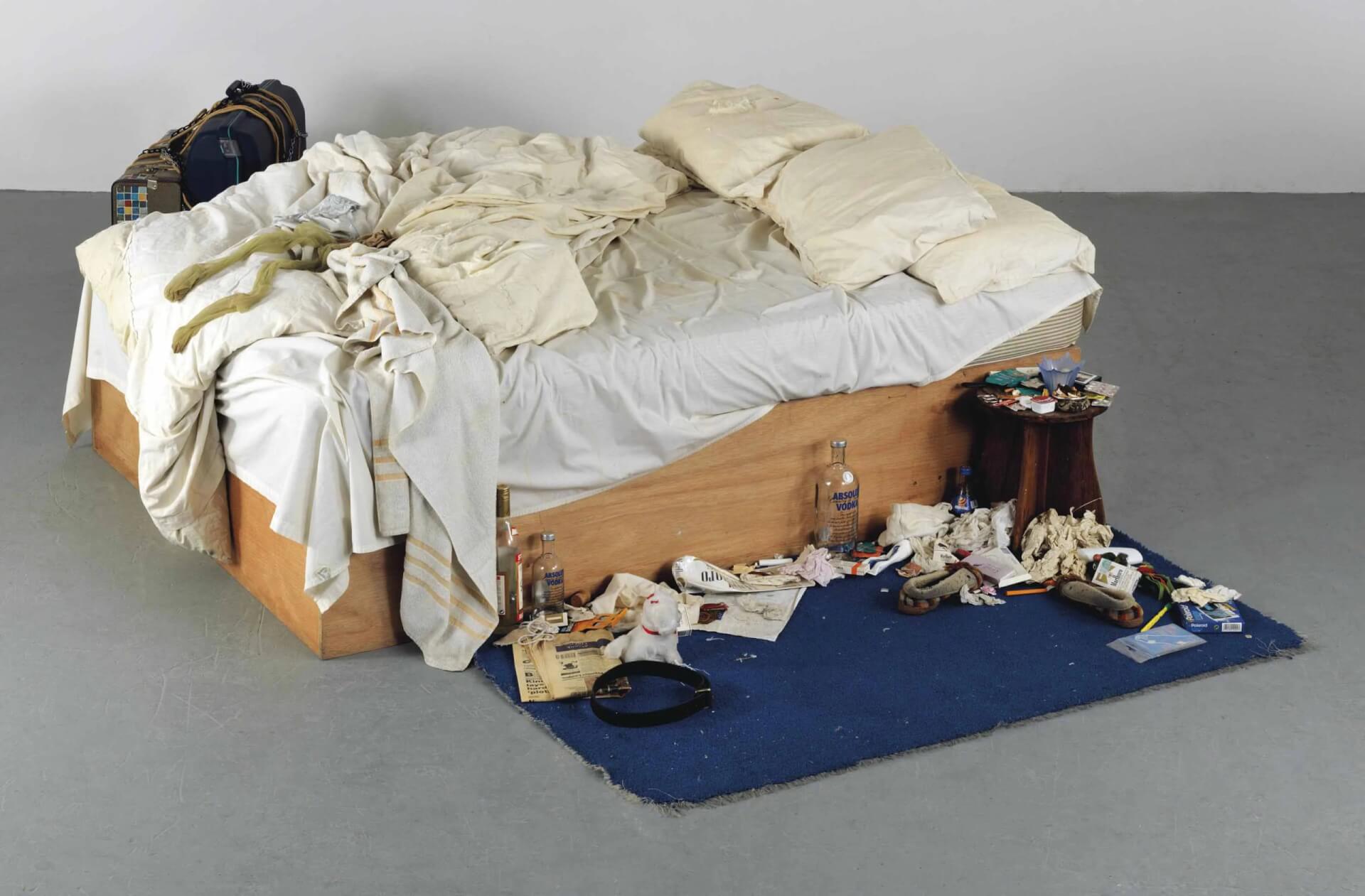The label “Young British Artists (YBAs)” was applied to a group of British visual artists who began exhibiting together in the late ’80s and became known for their openness to materials and processes, their shocking tactics, and their entrepreneurial approach.
In the late 1980s, British art entered a new, fresh, and exciting era, quickly recognized as the era of the YBAs – the young British artists. The starting point of young British art was a certain exhibition called “Freeze,” organized by Damien Hirst in 1988, while he was still a student at Goldsmiths College of Art. The school played an important role in the movement’s development, as it supported new forms of creativity, abolishing the traditional separation of mediums into painting, sculpture, or graphics. The Freeze exhibition featured works by students, many of whom became leading artists associated with the YBAs, such as Sarah Lucas, Angus Fairhurst, and Michael Landy. The success of this exhibition inspired a second one, called Freeze 2, a few months later, featuring some artists from the first exhibition as well as new faces from other London art schools.
The term “young British artists” was first used by Michael Corris in the May 1992 issue of Artforum, and the now-known abbreviation “YBA” was only coined much later, in 1996, by the Art Monthly magazine. The label quickly became a strong brand, becoming the definition of powerful, fresh, and “doer” star artists. Although certain general formal and thematic tendencies can be observed in YBA art (such as the use of found objects and sometimes shocking images), it would be impossible to define a specific, tangible YBA style. Unlike traditional art movements, YBA art resists any specific style or approach. Instead, the movement is characterized by openness to materials and processes with which art can be created and the form of art. However, certain tendencies can be highlighted, such as the use of found objects, continued by Hirst and Landy, and the use of shocking or challenging images, as in the works of Lucas and Tracey Emin.
Some preserved dead animals (Damien Hirst); some appropriated medical history objects (Christine Borland); Emin showcased her own bed as art; Lucas created sculptures from fresh food, cigarettes, or women’s tights. YBA artists also frequently used film as a medium, along with video and photography, and employed drawing and graphics in every conceivable way (e.g., Landy); they delved deeper into the concept of installation (multi-part works occupying a single space) and, not least, refreshed and revitalized the art of painting (Gary Hume).
Scandal was a natural part of YBA exhibitions. Hirst’s preserved dead animals constantly triggered animal rights groups and outraged the media. And not without reason! Hirst used farm animals, marine creatures, winged beings, and a heap of animal remains in his works, with recent reports suggesting nearly a million animals were sacrificed for his art. Think of Tracey Emin’s perhaps most iconic work, the 1998 installation “My Bed,” which remains one of the most talked-about contemporary pieces to this day. The bed is presented in the state it was, according to Emin, after she languished in suicidal depression for days due to relationship troubles.

Most of the YBAs are now solid parts of the art institution they once distanced themselves from. Emin, Hume, and Landy, for example, have become royal academicians, while Chris Ofili, Rachel Whiteread, and Hirst have all won the Turner Prize, the UK’s most prestigious art award. The YBA era continues to inspire young students and emerging artists to not wait for a top London gallery to pick them up, but instead to organize their own exhibitions and, above all, to be fresh and experimental.